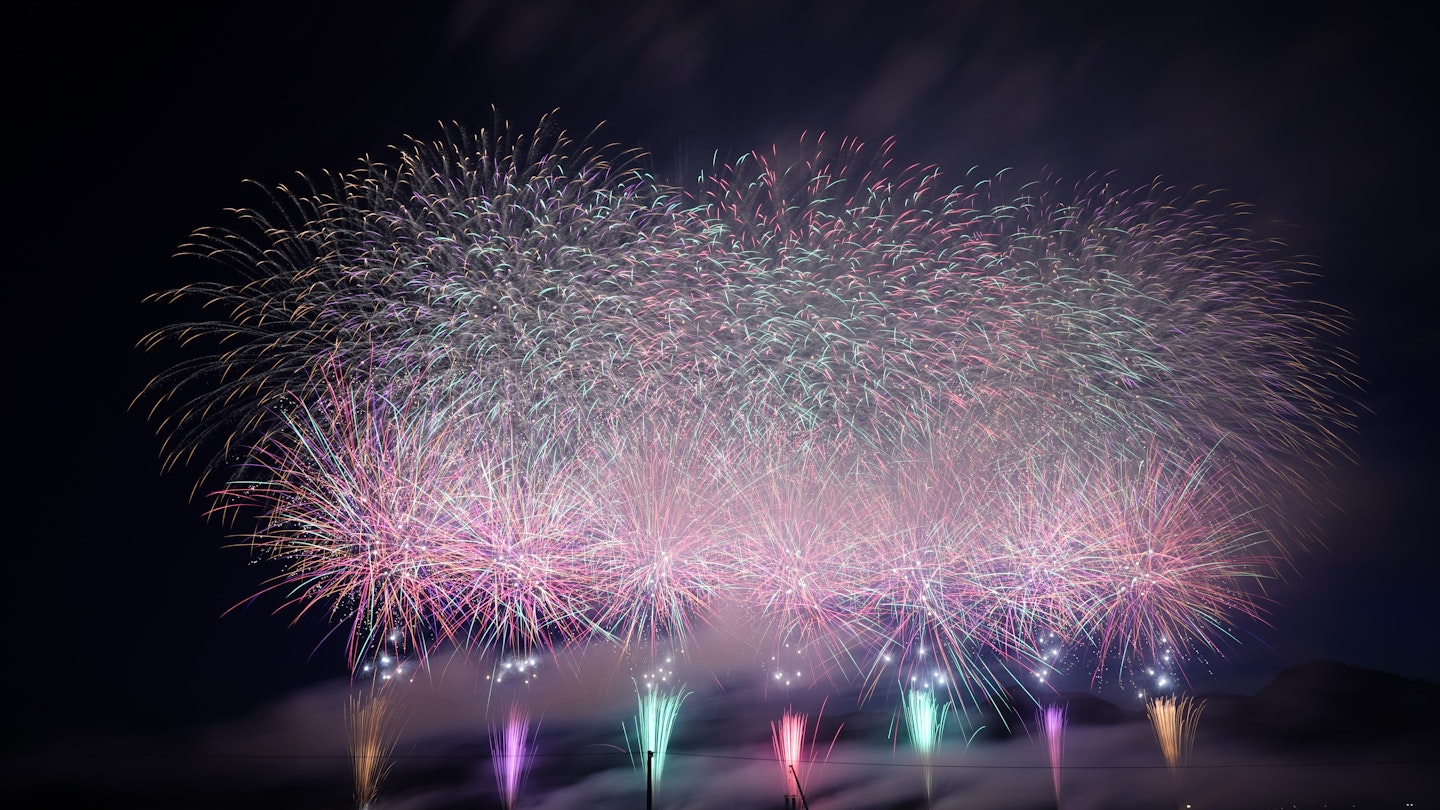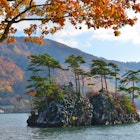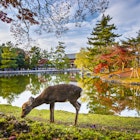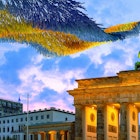Fireworks, or hanabi in Japanese, have long been an integral part of summertime in Japan. Every city, town and village has at least one display during the month of August. But nowhere are they quite as bedazzling as at the Omagari Hanabi Fireworks Festival, in Daisen, Akita Prefecture (Tohoku region). It’s not just a firework display – it is Japan’s National Firework Competition.
Considered one of Japan’s top firework festivals, Omagari Hanabi is often referred to as the Olympics of Fireworks, because only those pyrotechnicians at the top of their game can participate. Each year, around 30 leading fireworks artists from across Japan are selected to take part. They compete for the coveted Prime Minister’s Prize. Entry to the festival’s viewing area is free of charge.

Historically, the talents of individual fireworks makers went largely unrecognized. That all changed thanks to the festival, which focused national attention on the stunning skills of these artisans. It blends tradition, innovation and advanced firework techniques, coupling music and themed pyrotechnics that tell a new story each year.
The contest has three categories, and competitors must participate in all three. The first is “Daytime Fireworks” which paint the sky with colorful smoke patterns.

Second is “Warimono Fireworks”, a celestial eruption of chrysanthemum-shaped starbursts. Concentric circles, measuring 300m across, explode in constantly changing combinations of color – a characteristic of Japanese fireworks. Each warimono firework is made by hand, using tweezers to pack granules of explosives into each one.
In the third category – “Creative Fireworks” – the fireworks are synced to music. Each competitor gets just two and a half minutes to weave their magic.
In total, there are some 20,000 explosions of light and color. The judges base their decision on design, color and creativity.

The tradition of public fireworks displays in Japan dates back to 1733. Following a year of plague and famine, Shogun Yoshimune Tokugawa staged a large fireworks show with the aim of appeasing the gods, comforting the spirits of the deceased, and cheering the hearts of the living. This was the start of a tradition that has evolved into an art form.
Omagari Firework shows have been held four times in Germany. In 1987, a display was staged in West Berlin, when the city was still divided by the Iron Curtain. The idea was to provide a show for people on both sides of the wall. “There is no wall up in the sky,” said a spokesperson for the Omagari group.

The Omagari Hanabi Fireworks Festival is held on the fourth Saturday of August, just before Japan’s O-Bon Festival, a time when the spirits of the departed are believed to return to their homes. The Omagari Festival was first held in 1910 and, with just a few exceptions, has been held every year since then. 2020’s Festival – the 94th – was cancelled due to the COVID-19 pandemic.
The next festival is scheduled for August 28, 2021. Over 760,000 people usually attend this incredible show. That’s nearly ten times the normal population of Daisen city, so be sure to plan your trip now!
You might also like:
Japan further relaxes travel restrictions to welcome long-term visitors
Japan's 10 best food experiences
Relaxing in Daisen, Japan’s rice country











